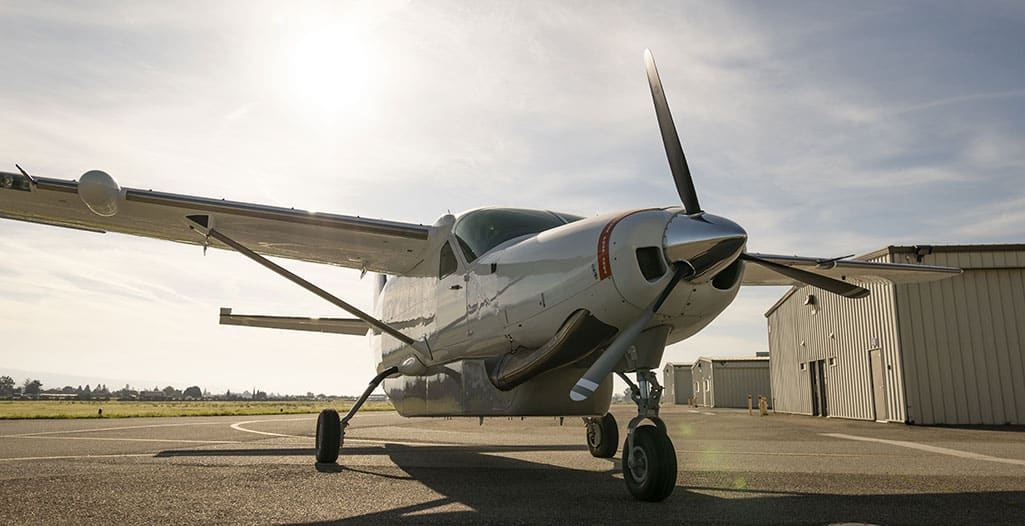
Being appropriately insured is something that should be on every pilot’s pre-flight checklist. That is true of aircraft you own and, just as importantly, aircraft you rent. In fact, confirming you have coverage when renting may be more important in some ways, as it might not be top of mind, the way insurance is for aircraft you own.
This article explains what renter’s insurance (or non-owned aircraft insurance) is, what it covers, and other key aspects of this vital coverage.

It is a common, though incorrect, belief that the aviation insurance policy that protects your aircraft automatically extends to cover airplanes you rent or borrow. When using an aircraft you do not own, it is critical to have renter’s insurance.
Global Aerospace provides coverage for certain single-engine aircraft operations (multi-engine aircraft can be endorsed onto the policy) flown in the U.S., Canada, Mexico and the Bahamas and while traveling between points therein.
Renter’s insurance covers legal liability and expenses, including:
This insurance is “excess” coverage, meaning it is in addition to any other valid and collectible insurance available to the insured under any other policy. That is why the owner of the aircraft you are using should file a claim with their insurer.
Also, filing a claim with the first-party insurer of the aircraft means the aircraft owner can leave any liability discussions and subrogation claim pursuits (see the explanation of subrogation below) to their insurer’s claims handlers. Also, its own policy may have more generous limits available to address the physical damage to the aircraft. The first-party insurer of the aircraft would have an interest in knowing if an aircraft it insures is damaged and how it is repaired and returned to service.
This coverage is for personal use scenarios. It does not cover you if you are charging a fee with an intention to make a financial profit.
However, if you are a certified flight instructor (CFI) and using non-owned aircraft in your work, note that CFI-specific coverage is available. The policy can protect you, but it only applies when you are in command of the airplane.
People using non-owned aircraft sometimes ask us whether a rental agreement is necessary. The short answer is “yes.” This document outlines responsibilities between the aircraft owner or rental company and the renter in the event of an incident. You should also confirm with the aircraft owner what limits they carry and what limits they require of renters.
It is important to determine the appropriate coverage limits based on your specific circumstances. You should consider the value of the aircraft you are renting, who you are flying with, how you are using the airplane, where you are flying, etc. Confer with your aviation insurance broker to ensure appropriate and adequate coverage amounts applicable to your specific scenario.
Reviewing your aircraft renter’s insurance policy, you will see a liability coverage limit and a non-owned aircraft limit. The difference between them is that the first refers to your liability for damage to the property of others outside the aircraft and bodily injury liability to passengers or anyone outside the aircraft. The second relates to your liability for property damage to the rented airplane.
Here again, it is recommended to evaluate your rental scenario. This includes the value of the rented aircraft, the number of passengers carried, flight purpose(s) and destination(s), etc. Careful consideration, in collaboration with one of our insurance experts, can help you avoid financial exposure above the policy’s limits.
When determining if there is a valid loss of use claim by the owner, it is typical to look at historical figures for the estimated period of downtime, calculate the income during that period and subtract the direct operating costs. This produces an estimate of profit lost by the owner due to the damage.
The time required to process a claim depends on multiple factors—most notably, cooperation and coordination among the parties. The best and fastest outcomes are achieved when the insurer, insured, repair facility, parts provider and other vendors work together.
Global Aerospace prides itself on providing attentive and efficient claims service.
Whether you rent or borrow aircraft out of necessity or for enjoyment, you should have renter’s insurance. It protects you financially in the event of an incident. And as every pilot knows, proper preparation is the key to successful flights.